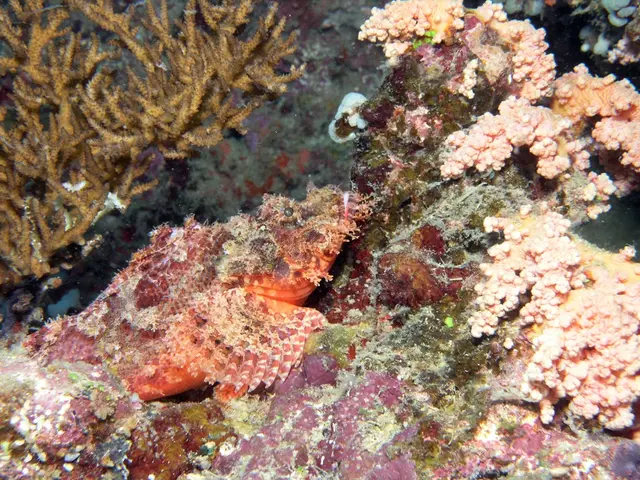Rare Earth Elements: Recycling and Reducing Demand Key to Addressing Supply Challenges
Rare Earth Elements (REEs), crucial for electric vehicles, wind turbines, and smartphones, face supply hurdles due to China's dominance and environmental concerns. Recycling and reducing demand are potential remedies, with new technologies and initiatives surfacing.
Currently, only 1% of REEs are recycled due to cost and technological limitations. However, recycling is seen as a potential solution to supply shortages. Meanwhile, reducing overall demand through circular economy strategies is another approach to address these challenges.
New technologies are being developed to make REE recycling more efficient and sustainable. For instance, Illumynt, a company based in Massachusetts, offers a recovery program for Rare Earth Elements, contributing to the development of recycling technologies in the United States.
CNN, a non-profit newsroom funded by readers, provides free climate coverage, including updates on REE developments. Global demand for REEs is expected to increase significantly, by a factor of seven by 2040.
China accounts for 60% of global REE production and about 85-90% of global REE processing. Its dominance is due to state investment, subsidies, and lower environmental standards, which have led to significant environmental damage, including toxic waste and radioactive residues. Efforts are underway to explore new mines and processing capabilities outside of China, with Australia, the US, and Brazil leading the way.








